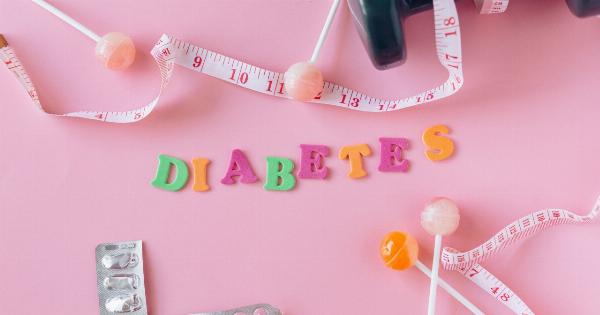Diabetes has emerged as a global epidemic, with an estimated 463 million adults suffering from the condition worldwide. Among the various types of diabetes, type 2 diabetes mellitus (T2DM) accounts for approximately 90% of all diabetes cases.
T2DM is characterized by insulin resistance and impaired glucose regulation, leading to elevated blood sugar levels. While lifestyle factors such as diet and exercise play a significant role in T2DM development, emerging research suggests that environmental factors, such as the consumption of nitrates and nitrites, may also contribute to the disease.
The Role of Nitrate and Nitrite in the Body
Nitrate (NO3-) and nitrite (NO2-) are naturally occurring compounds found in various food sources, particularly vegetables.
These compounds are vital for maintaining cardiovascular health, regulating blood pressure, and promoting efficient oxygen transport within the body. Ingested nitrates are enzymatically converted to nitrites by bacteria present in the oral cavity. Nitrites can further undergo conversion to nitric oxide (NO), a molecule with multiple physiological functions.
The Nitrate-Nitrite-NO Pathway and Insulin Sensitivity
One of the critical aspects of T2DM is impaired insulin sensitivity, also known as insulin resistance. Studies have shown that nitric oxide plays a crucial role in regulating insulin-mediated glucose uptake.
When nitric oxide levels are low, as seen in conditions like T2DM, impaired insulin signaling occurs. This impairment leads to reduced glucose uptake by tissues, contributing to elevated blood sugar levels. Thus, it can be inferred that disruptions in the nitrate-nitrite-NO pathway may impact insulin sensitivity and T2DM development.
Nitrate and Nitrite in the Diet and T2DM Risk
Evidence regarding the effects of dietary nitrate and nitrite on T2DM risk is mixed. Some studies suggest a potential protective effect of these compounds, while others indicate an increased risk associated with higher intakes.
A systematic review and meta-analysis published in the European Journal of Nutrition examined the association between dietary nitrate and nitrite intake and T2DM risk. The analysis found that nitrate intake was not significantly associated with T2DM risk, while nitrite intake showed a weak positive association.
Nitrate and Nitrite Sources
Dietary sources of nitrate and nitrite include vegetables, cured and processed meats, and water contaminated with agricultural runoff or microbial contaminants.
Leafy green vegetables such as spinach, lettuce, and beetroot are particularly high in naturally occurring nitrate. Processed meats, such as bacon and hot dogs, contain nitrites that serve as preservatives and contribute to their distinctive flavors.
Health Effects of Nitrates and Nitrites
While nitrates and nitrites are generally regarded as safe when consumed in moderate amounts through food, some health concerns have been raised. The biggest concern is nitrate conversion to nitrosamines, which are potent carcinogens.
Nitrosamines are formed under certain conditions, especially in the presence of amines and high cooking temperatures. However, dietary antioxidants such as vitamin C can inhibit nitrosamine formation and mitigate associated health risks.
Nitrate and Nitrite Regulation
Due to the potential health risks associated with excessive nitrate and nitrite intakes, regulatory bodies have established maximum allowable limits in food products.
These limits aim to safeguard public health and ensure that dietary exposure to these compounds remains within safe levels. Additionally, mitigation strategies such as proper food handling, storage, and processing techniques help minimize nitrosamine formation in foods.
The Importance of a Balanced Diet for T2DM Prevention
While further research is needed to establish a clear link between nitrate/nitrite consumption and T2DM risk, it is important to emphasize the significance of a balanced diet in T2DM prevention.
A diet rich in fruits, vegetables, whole grains, lean proteins, and healthy fats, coupled with regular physical activity, is key in managing and reducing T2DM risk. By adopting a holistic approach to lifestyle modification, individuals can mitigate the potential impact of environmental factors, including nitrate and nitrite consumption.
Conclusion
The association between dietary nitrates, nitrites, and T2DM risk is complex and multifactorial. While some studies suggest a potential protective effect of dietary nitrates, others indicate an increased risk associated with higher intakes of nitrites.
Further research is needed to elucidate the underlying mechanisms and establish clear guidelines for nitrate and nitrite consumption. In the meantime, adopting a well-balanced diet and regular exercise remains the cornerstone for T2DM prevention and management.





























